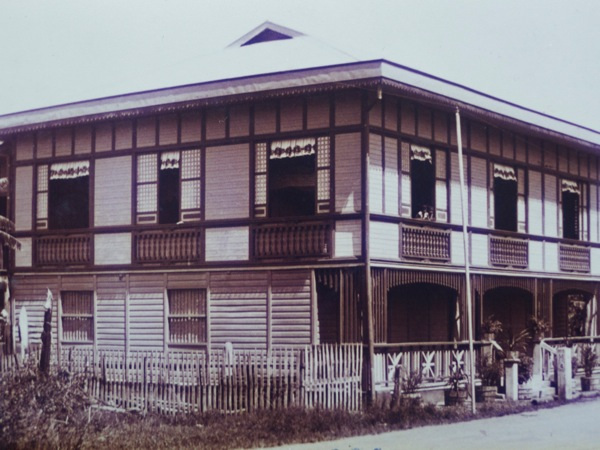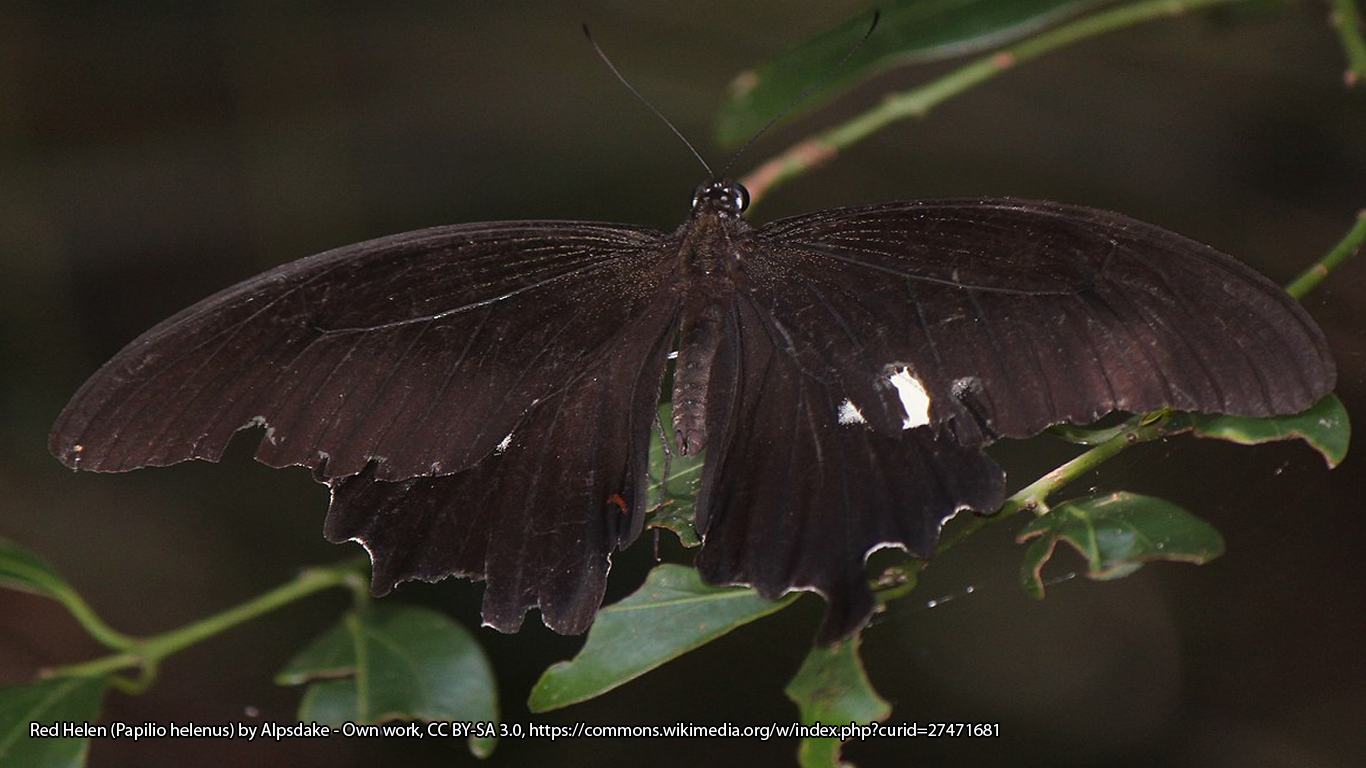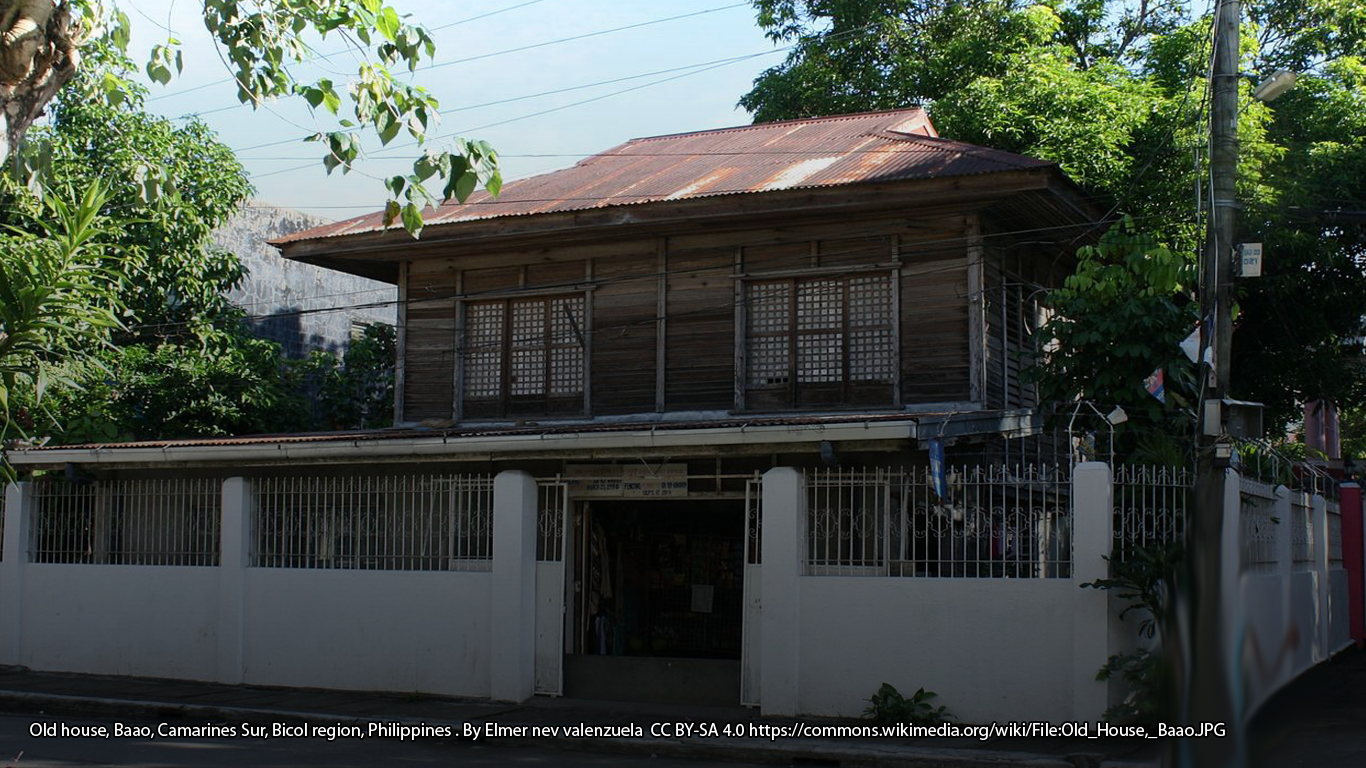I asked my parents to tell me about folk beliefs in the Philippines. In the process, I learned some interesting family stories.
“Mom, what do you know about the aswang?”
My parents never told me much about Filipino folklore when I was growing up. As professionals with advanced degrees, maybe they felt that old folktales and superstitions weren’t the kind of thing to share with their American-born daughters. Or maybe they just never thought about it. It wasn’t until much later that I got curious. So on a sunny Boxing Day morning a few years ago, I decided to ask.
I’d been reading about the aswang, the viscera-sucking, liver-eating, self-segmenting, sometimes were-dog that is possibly the best-known Filipino folk creature, at least to non-Filipinos, so I started there. Not much luck. To my mom, an aswang is just a witch, “like the kind that rides a broomstick,” and my dad had never heard of them at all. But the conversation soon had them resurrecting old memories.
“In Ilocos, we don’t have the aswang,” Dad said. “But we have the kapre. He’s like a giant, or an ogre, with flaming eyes. He smokes a big smelly pipe and lives up in the acacia tree, where he waits to attack people who wander by. When I was a kid, my cousins warned me not to stand under the acacia, or a kapre might get me.”

“We had that, too!” Mom said. “Not ogres, but taong lipod. My ninang [godmother] said the taong lipod lived in the acacia. And in the balete trees, too. She said that when you pass by an acacia, always say “excuse me, po,” or the taong lipod [“shadow people”] will get angry and play tricks on you.”
She sipped her coffee, her eyes distant, looking down the years. “Ninang told us never stand under a tree where the taong lipod live, because they might turn you into an ibanan.”
“What’s an ibanan?” I said.
“Oh, like my lola’s [grandmother’s] maid,” Mom said. “Did I ever tell you that story?”
“When your lola was a little girl, her mother had a maid who saw invisible people. She would have conversations by herself in empty rooms, and laugh all the time for no reason. People said she was ibanan. I think she was probably schizophrenic, but people didn’t know about those things back then.”
“She had a ‘boyfriend’ that no one else could see. My lola said that on Sundays the maid had to leave Mass before the final blessing, otherwise her boyfriend would get mad at her.”
“It’s funny he even let her go to Mass,” Dad said. I had been thinking the same thing.
I learned later from my uncle Pepito, Mom’s older brother, that the maid called her boyfriend Salustiano David. She claimed that Salustiano came to visit her on a white horse that he rode down from the mountains near Goa, a town east of where my mother’s family lived in Naga City. Uncle Pepito also told me that when his grandfather would hang tahig [homalomena philippinensis, a medicinal plant my uncle described as “indigenous garlic”] at the windows, the maid would complain that Salustiano couldn’t visit her because the windows were barred by flaming swords.

Like me, Uncle Pepito loved the old stories. He collected them from his lola, his aunties, his ninangs.
“He would always try to scare me about ghosts,” Mom said.
“This is when we were still living at my lola’s house; they’d converted the space below the house to separate quarters for us [Filipino houses are traditionally elevated for air circulation]. Back then, we kids spent a lot of evenings by ourselves, because your lolo and lola liked to go out dancing, or to dinner parties. I was about five or six at the time.”
“I always got scared around six at night, when they rang the Angelus. My lola told us that when the church bells ring for Angelus, the ghosts come out.
“Why then?” I said.
Mom shrugged. “Maybe they want to say their Hail Marys.”
“Anyway, Pepito would start teasing me. He would point into dark corners – ‘What was that? Is something there? Shhh! What was that noise? Look, did you see the curtains moving?’ I would get so scared, and I would cry and cry. Your lola caught him doing that once, and she yelled at him! But he kept on doing it anyway.”
“Did you ever actually see any ghosts?”
“I didn’t, no. Except, after they converted the downstairs space for us, we would see santilmo, St. Elmo’s fire, like glowing green balls, out in the fields beyond the property. People said they were the ghosts of the Japanese soldiers from under our house.”
“Wait. The what?” I forgot all about ghost stories, ibanan, and taong lipod.
“Oh, when the workers excavated for the foundation, they found lots of bones. Uniforms, too, and some medals. I remember playing with the medals when I was a little girl. The grown-ups thought that they were either Japanese soldiers or collaborators that the guerrillas killed during the War. Both, probably.”
“But — how did they end up under your lolo’s house?” How nonchalant Mom was! Was someone in the family involved?
“Who knows? The family usually left for the country during the hot season. Probably the guerrillas came and buried the bodies then. Anyway, we started seeing the santilmo after they excavated. St. Elmos’s fire is phosphorus, right? So it could have come from disturbing the bones.”
“That’s the closest to a ghost I ever saw. But your uncle Pepito has stories.”
I wanted more about the soldiers, but that was all she had.
——–
Adapted from pieces previously posted to my blog, Multo (Ghost).








